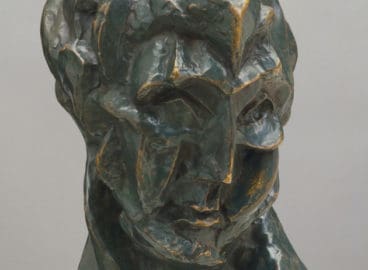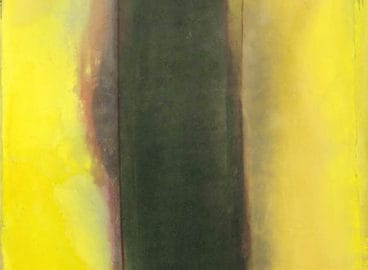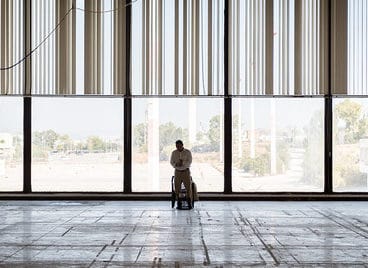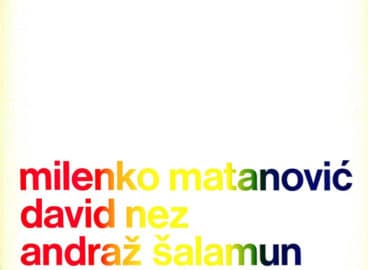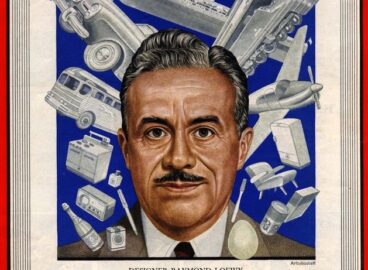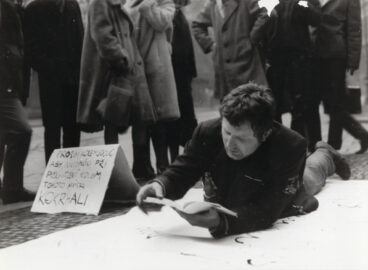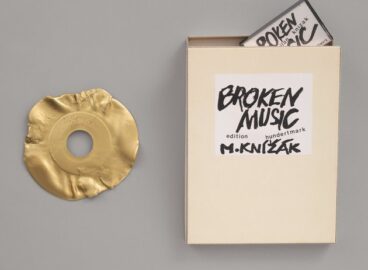Magazines As Sites of Intersection: A New Look at the Bauhaus and VKhUTEMAS
This essay argues that the Bauhaus and VKhUTEMAS operated independently of each other, with choice moments of mutual exchange, focusing on the site of the avant-garde magazine as evidence of this.

